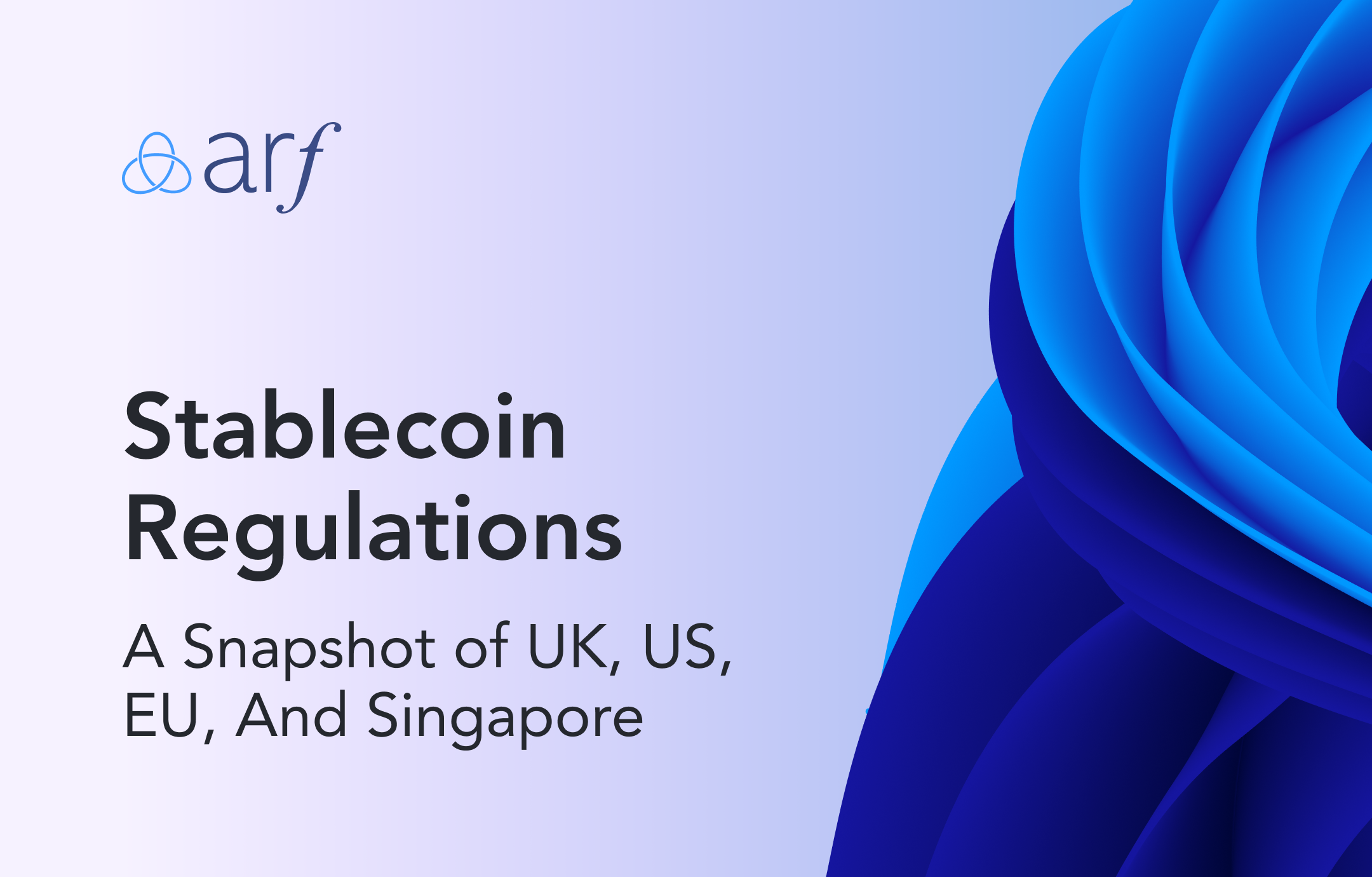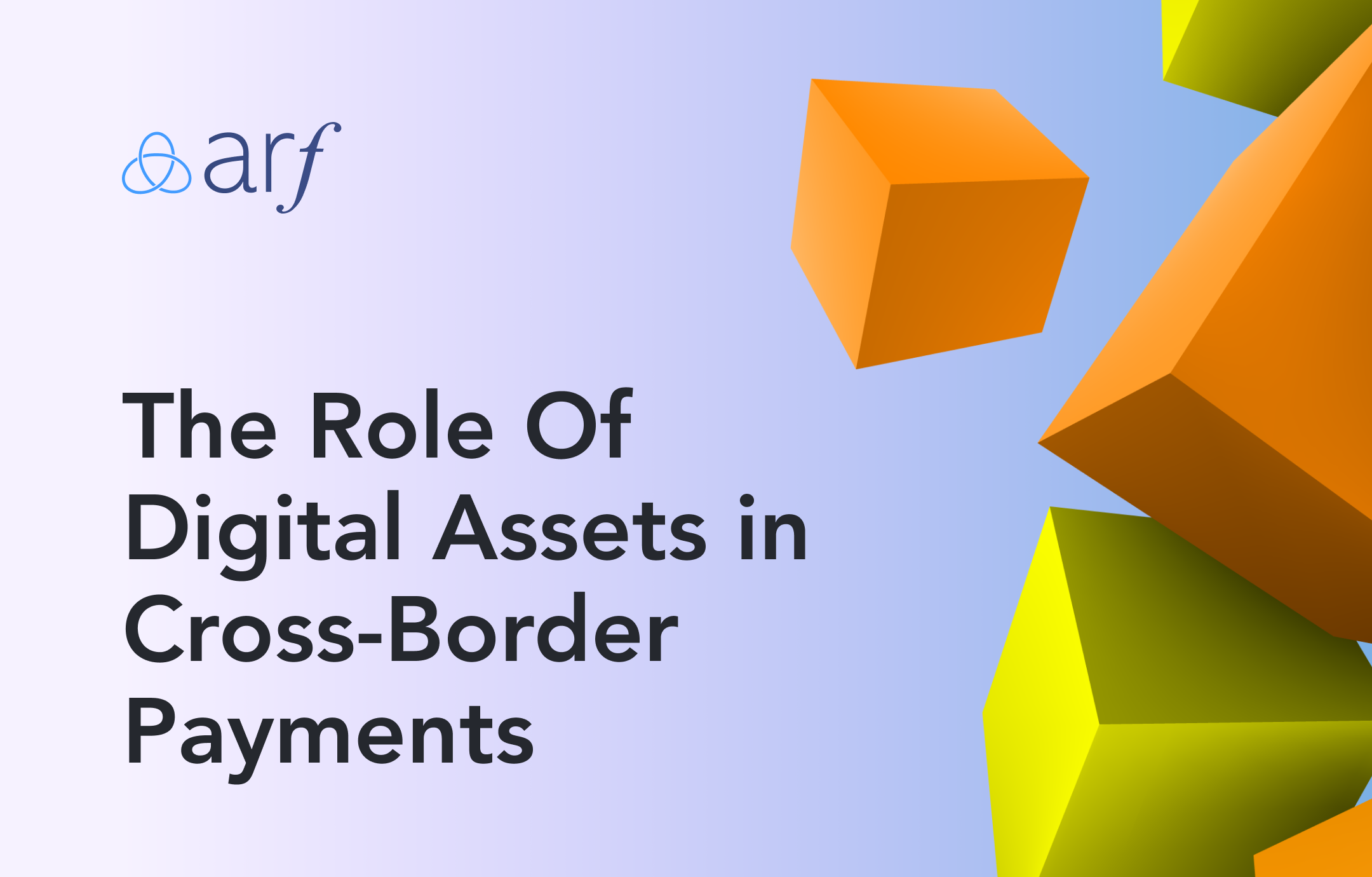Recent developments in regulations demonstrate the trust in fiat-pegged stablecoins.
Regulations were lagging behind the rapid development and continual breakthroughs in crypto for a long time. The uncertain regulatory environment slowed down the transition to cryptoassets, but couldn’t stop stablecoins from exponentially growing.
Some of the biggest economies in the world finally started to set regulations to define, understand and frame cryptoassets, bring clarity and safety, and keep up with the speed of transformation. United Kingdom, European Union, United States, and Singapore have already laid the groundwork for stablecoins, demonstrating their trust for stablecoins and expectation for its widespread use.
Here’s a snapshot of the latest regulatory status for stablecoins:
United Kingdom
In 2019, The Financial Conduct Authority (FCA) published its ‘Guidance on cryptoassets’, describing three broad categories of tokens in relation to how they fit within existing FCA regulation: e-money tokens, security tokens, and unregulated tokens.
The document shows that fiat-pegged stablecoins are most likely to be categorized as e-money tokens, defined as digital payment instruments that store value, can be redeemed at par value, and offer holders a direct claim on the issuer.
A consultation began with the HM Treasury for cryptoassets, particularly stablecoins. According to the proposal, a firm regulated as an Electronic Money Institution (EMI) can use stablecoins such as USDC without an additional layer of registration as a cryptoasset business.
To bring stablecoins used as payment within the regulatory perimeter, changes to several pieces of legislation will be made. These are the Electronic Money Regulations 2011, the Payment Services Regulations 2017, the Banking Act 2009, and the Financial Services (Banking Reform) Act 2013.
The FCA will have powers to regulate issuers of stablecoins for payments as well as other entities providing related services. As with other entities providing payment services and e-money issuance, stablecoin-based payment service entities will need to be established in the UK to provide these services in the UK.
Summary: An FCA authorized firm as an EMI in the UK will be in compliance to use stablecoins such as USDC.
European Union
EU has been developing Regulation of Markets in Crypto-assets (MiCA) proposals to help regulate out-of-scope cryptoassets and their service providers in the Union since 2018. On June 30, 2022, EU policymakers agreed on the landmark legislation to regulate crypto assets and service providers throughout 27 member nations.
MiCA will protect consumers by requesting stablecoins issuers to build up a sufficiently liquid reserve, with a 1/1 ratio and partly in the form of deposits. Every so-called “stablecoin” holder will be offered a claim at any time and free of charge by the issuer, and the rules governing the operation of the reserve will also provide for an adequate minimum liquidity. Issuers will be required to maintain reserves to cover all claims and provide immediate redemption rights to holders.
Stablecoins will see a cap on stablecoins of 200 million Euros in transactions per day.
MiCA aims to provide a single licensing regime across the EU by 2024. Once the regulation is adopted, it will directly apply to all member states and firms seeking to do business in the EU. With the adoption of MiCA, the European Parliament has paved the way for an innovation-friendly crypto-regulation that can set standards worldwide. However, it’s not expected to come into effect before the end of 2023.
Stablecoins like USDC are examined under the ‘e-money token’ category, defined as a type of cryptoasset where the main purpose is to be used as a means of exchange, and that purports to maintain a stable value by referring to the value of a fiat currency. Carrying out activities in issuing tokens and fiat-backed stablecoins is likely to be a ‘crypto-asset service provider’ service.
Recently, an addition to MiCA was proposed to limit the use of cryptocurrencies that are powered by the energy-intensive process called proof-of-work. In March 2022, this proposal was voted down by the parliamentary committee as the proposed rule could have banned cryptocurrency across the EU. However, to reduce the cryptos’ carbon footprint, the European Commission is going to include crypto-assets mining in the EU taxonomy for sustainable activities by 2025. In addition, measures for consumer protection and safeguarding received affirmative votes.
Summary: Firms regulated as EMIs in the EU can compliantly use stablecoins, such as USDC, for settlement purposes. Until MiCA is enforced and harmonized across the EU, local regulations should be consulted for the level of registration and requirements that must be complied with.
United States
Transactions in stablecoins are currently covered by the definition of ‘money transmission services.’ This means that accepting and transmitting activity denominated in stablecoins makes a firm a money transmitter under the Bank Secrecy Act. It is important to note that regulations vary by state as the U.S regulatory environment is broken down per region. In this case, stablecoins may be subject to Money Transmission regulations and as a result, Money Transmission Licenses (MTL) may be required depending on the state of activity. Firms would also need to be registered as a Money Service Business (MSB).
The recent discussions around regulating stablecoins apply to issuers like Circle, who applied to become a full-reserve national commercial bank in 2021. Once it’s granted a banking license, it will be subject to government oversight and bank-like regulations. In other words, the USDC issuer Circle is fully compliant with the existing regulations and will further comply with the new ones.
The U.S. has announced the "Stablecoin Transparency of Reserves and Uniform Safe Transactions Act of 2022," dubbed the Stablecoin TRUST Act for short, as part of an effort to specify how the U.S.'s different regulatory agencies could approach companies issuing cryptocurrencies whose prices are pegged to the U.S. dollar or other assets.
The discussion draft of the bill would define a "payment stablecoin," authorize the Office of the Comptroller of the Currency (OCC) to create a new license specific to stablecoin issuers, allow insured depository banks to issue payment stablecoins and address state regulatory oversight of this segment of the crypto industry.
Summary: Firms registered as an MSB and have MTL licenses in applicable states can continue to hold and transfer USDC under their own registrations, dependent on State Level requirements.
Singapore
The Monetary Authority of Singapore (MAS), the regulatory governing body for stablecoins, strongly encourages the development of blockchain technology and innovative application of crypto tokens in value-adding use cases. MAS began to explore CBDC projects as early as 2016, meaning they are a forward-looking regulator.
Stablecoins, which may be classified as ‘digital payment tokens’, are covered under the Payment Services Act 2019 (PSA). Under the PSA, fiat-collateralized stablecoins that are pegged to the value of a currency could be classified as 'e-money.'
Under the PSA, stablecoins can be used in Singapore by firms regulated with MAS. It is essential that they are not promoted to the general public, but they are allowed to be marketed or advertised on firms’ corporate websites, mobile apps, or social media accounts.
Summary: In Singapore, firms regulated with MAS under the PSA can use and issue stablecoins, such as USDC, for settlement purposes as it builds on the traditional payment system that innovates and becomes more interoperable across borders for cheap, fast, and instant payments.
Stablecoins promise the future of money
Stablecoin assets reached $180 billion as of May 1, up 110% from $86 billion on the year-ago date. The market is rapidly evolving, and regulators are forced to keep up with these changes.
The recent regulatory developments show that stablecoins promise the future of money by laying the foundations for a more open, transparent, and inclusive monetary system. However, there’s still a long way to go. Creating innovation-friendly frameworks that don’t impede the application of new technology while addressing the new risks cryptoassets pose and ensuring security will be the main challenge for regulators.
*The information in this article reflects the regulatory status in stablecoins as of May 2022 and may change.
If you are a licensed financial institution and want to learn more about using stablecoins in your jurisdiction compliantly, get in touch with us by filling out the form below.
Also, don’t forget to check out our perspective on the recent UST collapse, and our comprehensive comparison of USDC and USDT in cross-border payments.
* Please note that the information in this article reflects the regulatory status in stablecoins as of May 27, 2022, and may change.





